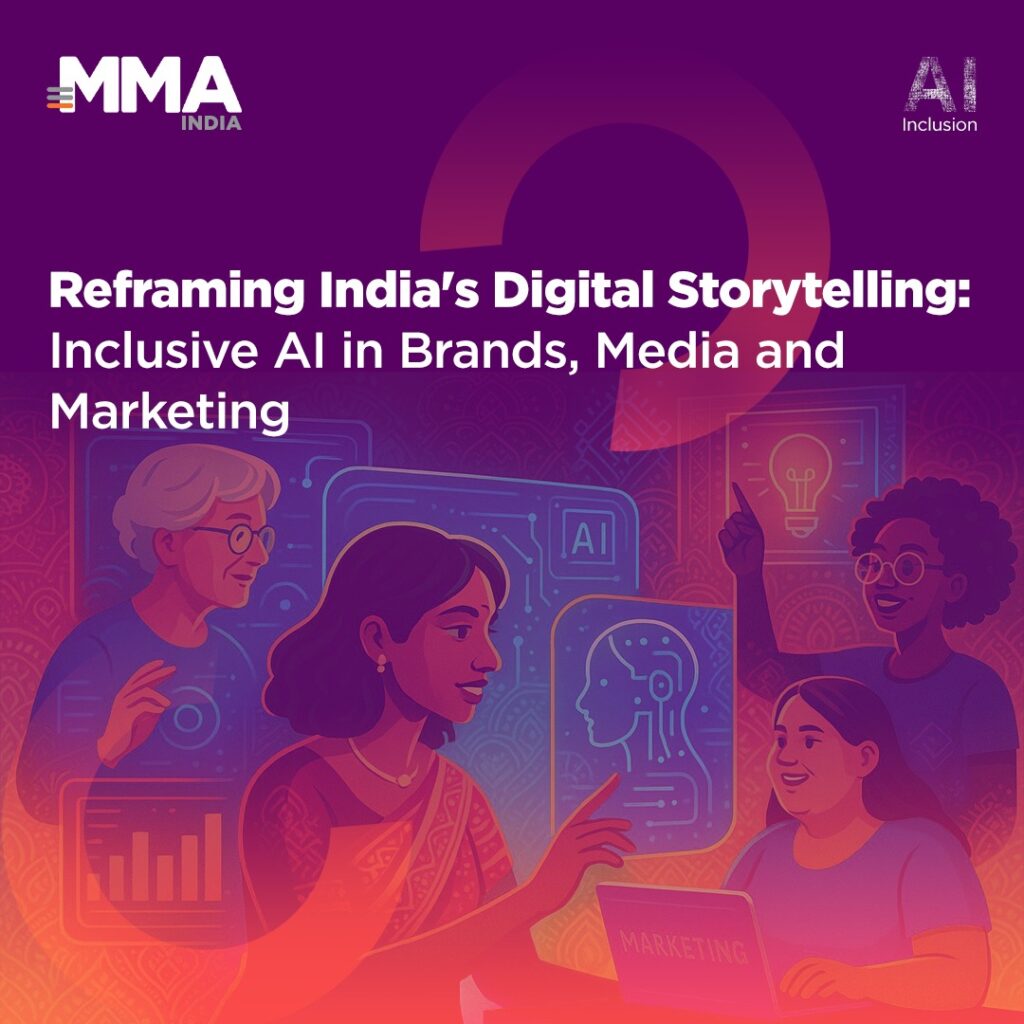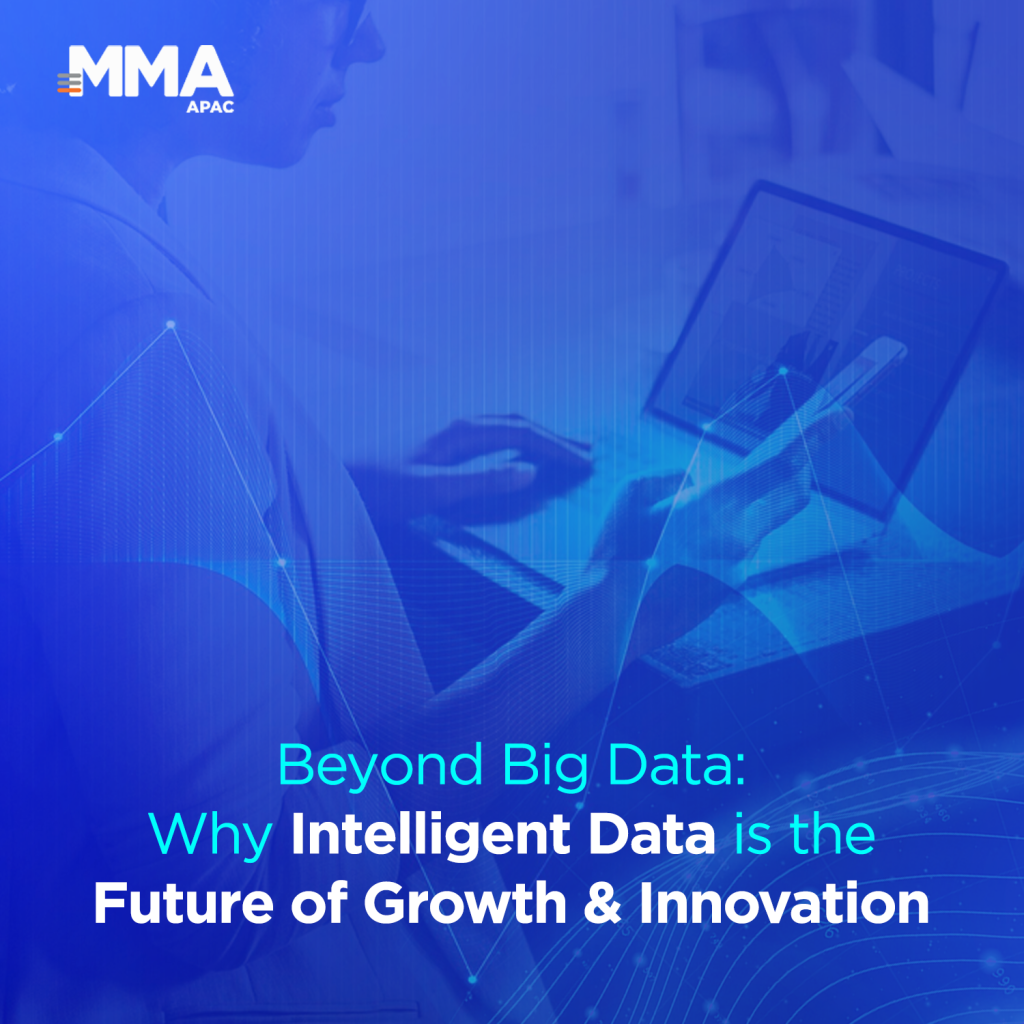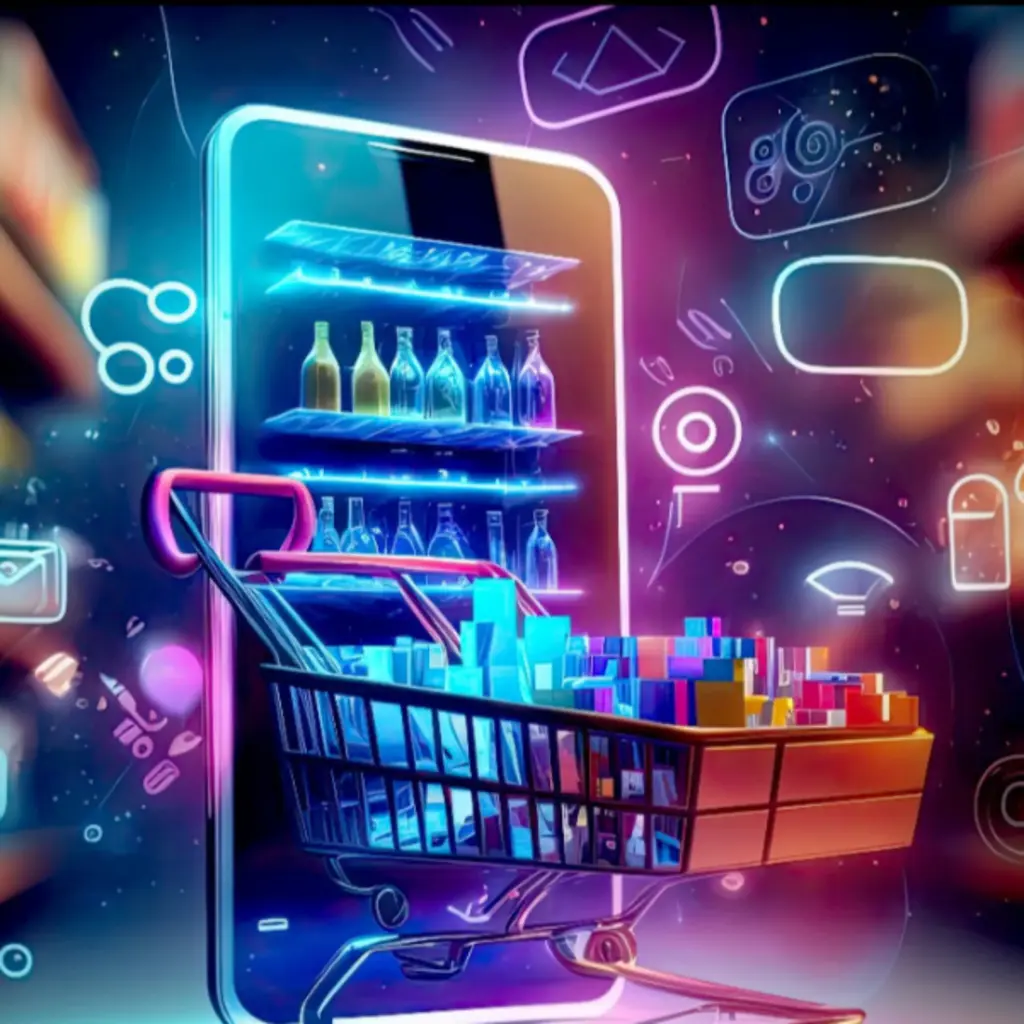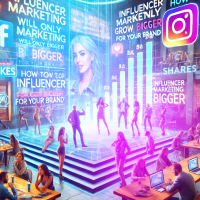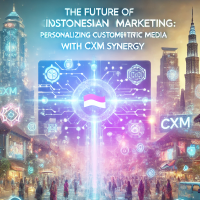
Harnessing AI to Maximize Customer Exchange Value
The tales of how AI is revolutionizing marketing are echoing in the industry, remodeling almost every component. While there are many instances of AI in marketing, one of the most prominent ones is to enhance customer experience. A recent study shows that 82% of consumers are likely to shop with a retailer that offers personalized recommendations. AI allows marketers to understand their target audience in-depth and deliver a more seamless, immersive, and connected experience.
This article dives into how marketers can leverage AI and its subset— Machine Learning (ML), to boost consumer engagement in today’s hyper-competitive world.
How AI boosts customer engagement in today’s hyper competitive world
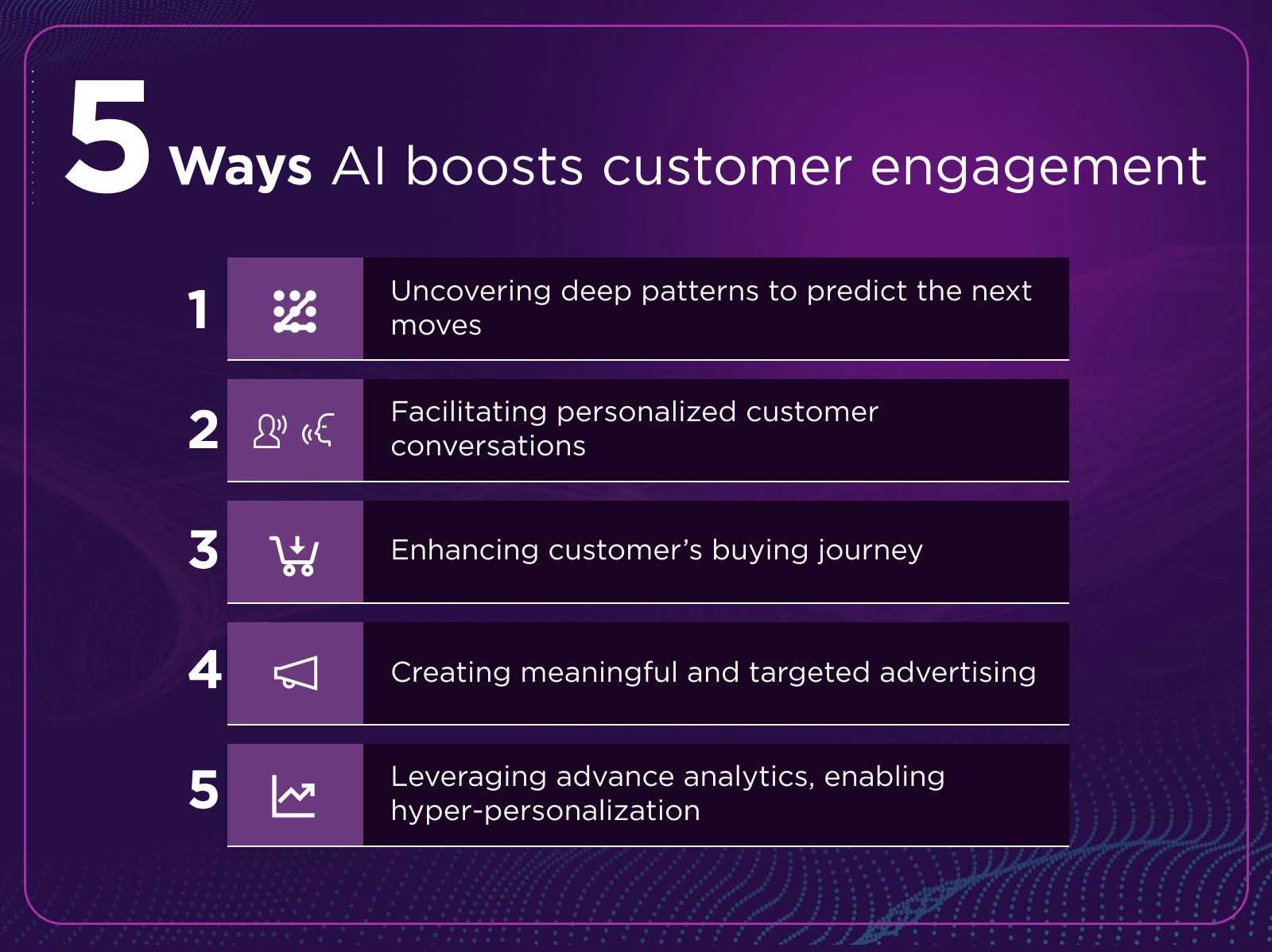
AI/ML eliminates the guess work from marketing, allowing marketers to make decisions based on customer trends and behavior. AI can scan through heaps of data, or commonly known as big data, to enable businesses to make informed decisions and enhance customer exchange value—matching offerings to individual customer needs and context in ways that facilitate transactions. Here are 5 ways how AI/ML can be used to boost customer engagement.
1. Uncovering deep patterns to predict the next moves
The success of today’s marketing initiatives hinges on deeply understanding customer intent, behavior, and trends. ML, specifically deep learning, allows marketers to unlock customer insights by forming neural networks.
These networks are similar to the human brain and can form connections between patterns and behavior and predict customers’ next move. This puts marketers in a better position to tap into human emotions and better understand their requirements.
Deep learning also fuels hyper-personalization since it does not just look at customer’s buying history but also taps into their intent.
For instance when Netflix uses ML to identify its consumers’ patterns and suggest shows based on them—the leading OTT brand claims to save up to $1 billion annually through customer retention.
2. Facilitating personalized customer conversations
Customers expect brands to understand their needs and wants at different stages of their buying journey and across multiple touchpoints. One way of engaging with your customers across platforms while sticking to brand voice is leveraging conversational AI. One such conversational AI model is ChatGPT, which has made waves across the industry since its inception in November 2022.
ChatGPT can be integrated with brands’ native applications and websites, allowing them to interact with customers on a deeper level than traditional chatbots that merely respond with pre-written messages.
Conversational AI understands human intent and questions and promptly responds with a personalized answer that—when trained correctly—rarely needs a human representative. This frees up time for customer support executives to work on higher-level strategies and allows customers to resolve their questions faster and not wait in long queues.
3. Generating insights
Another aspect of this technology is the wealth of insights it can generate. Marketers can identify leads they can further nurture, disgruntled customers, which they can target with personalized messages, and more. For instance, AI-powered chatbots can assist customers in moving further in their shopping journey by making product discovery easy and accessible.
The paradigm shift can be seen in the partnership between Bain and Company, a management consulting firm, and OpenAI to enable their clients to develop custom digital solutions. Coca-Cola is the early adopter of their solutions and will facilitate delivering more personalized and targeted marketing initiatives.
4. Targeted advertising
Advertising has always been regarded as intrusive. However, meaningful, educational, and valuable advertising can be helpful for consumers, enabling them to make informed choices.
Marketers can leverage the insights from AI algorithms to determine aspects of their target audience, enabling them to create targeted campaigns and make their ads more meaningful.
In addition, they can understand trends and opportunities in a fraction of the time, reducing ad waste and allowing marketers to gather more contextual data. While contextual advertising isn’t anything new, AI amplifies its impact by allowing marketers to gather first-party data from various sources and combining it with sentiment analysis, and other forms of analytics to drive intelligent advertising decisions.
5. AI and prescriptive analytics
Marketers who have mastered the art of AI can also venture into advanced analytics and combine both to unlock a goldmine of actionable insights. Prescriptive analytics is one branch of advanced analytics that enables marketers to make sense of big data and derive actionable insights. This way, AI can help marketers not only generate insights from data but also map next steps. This frees up their time, allowing them to make strategic decisions and enable hyper-personalized campaigns for their audience.
Final words
This is only the tip of the iceberg. AI can unfold opportunities that may have been limited to imagination a few years ago. By utilizing data, analytics, and various branches of AI, marketers can predict customers’ next moves, deliver hyper-personalized messages, and run target ads campaigns. Therefore, strategic implementation of AI will revolutionize how businesses connect with their customers and enhance their experiences.





